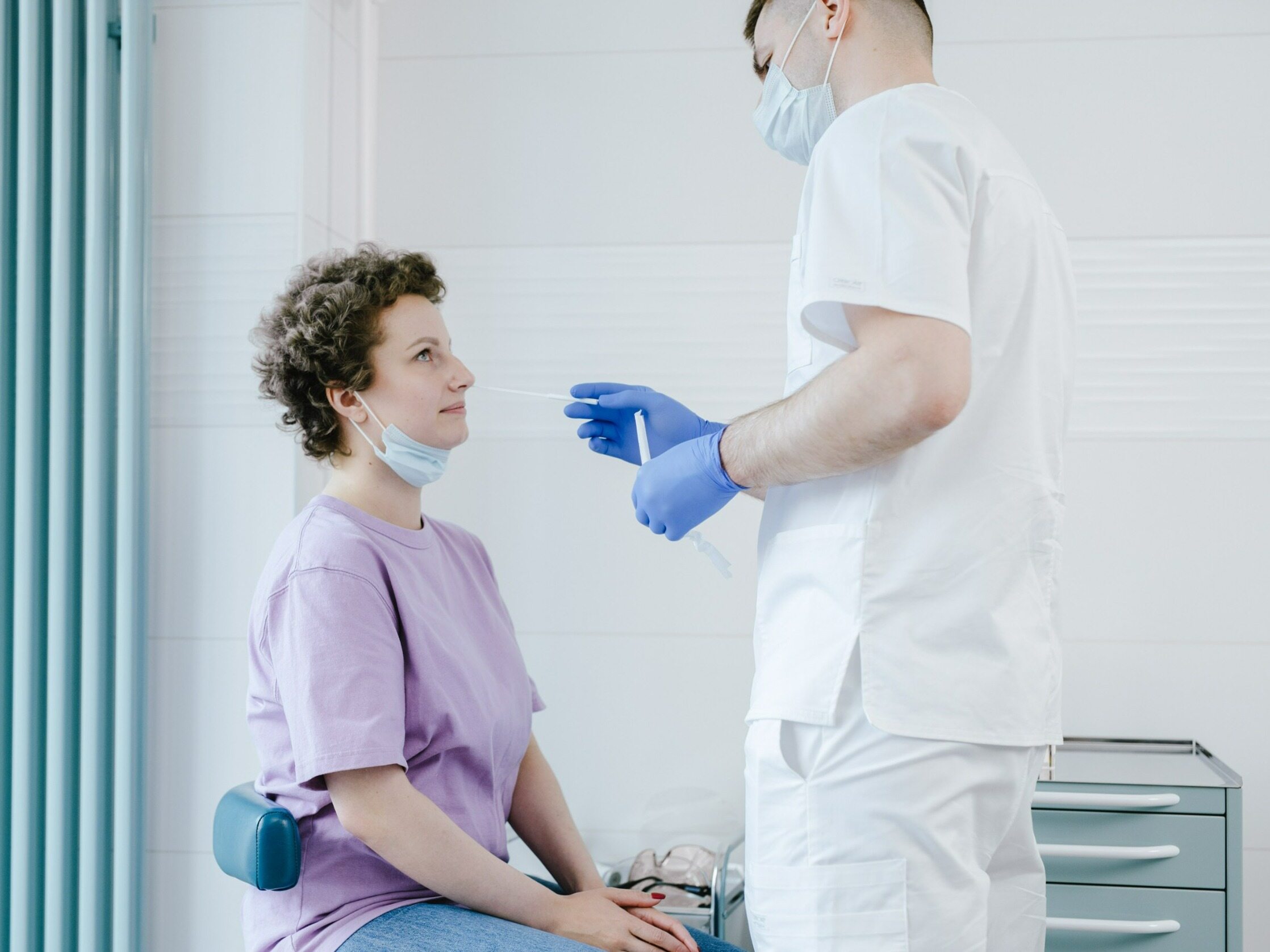Has Fornax arrived in Poland yet? Prof. Kuchar: We can’t pretend that COVID-19 has completely disappeared

Fornax and Pirola are worrisome subvariants of COVID-19. – There is no way they won’t reach us – if they haven’t already. However, we should be more afraid of complications, says Dr. Hab. Ernest Kuchar.
As Prof. says in an interview with Wprost.pl. Ernest Kuchar from Warsaw, an infectious disease specialist from the Medical University, we cannot pretend that COVID-19 has completely disappeared. In Poland, the dominant variant is XBB.1.5, which has been given the common name Kraken. In Great Britain, the United States and Western Europe, most infections are currently caused by a new subvariant of Omicron EG.5.1, the so-called Eris. Two more subvariants are also considered the most worrying in the current situation: BA2.86, called Pirola, and FL1.5.1, called Fornax.
Fornax subvariant. Disturbing reports
According to the Centers for Disease Control and Prevention (CDC), Fornax already accounts for 13.3 percent of all COVID-19 cases in the United States. According to the expert, the reports coming from the United States are disturbing. Since the beginning of September, the number of hospitalizations and deaths there have increased by 20%.
– We have flights from the United States at least several times a week. So there is no possibility that these variants of concern won’t reach us – if they haven’t already. And it will certainly be very contagious. Let us also remember that each subsequent mutation of the virus may break free from the control of our acquired immunity and become resistant to previously administered vaccinations, and that natural immunity after infection may not be sufficient, especially since it disappears over time – says Prof. Ernest Kuchar.
In Poland, the largest wave of infections may occur in autumn. This is facilitated by returning from holidays, staying in large crowds such as schools, but also by cold weather. Lowering the temperature causes us to spend more time in closed, poorly ventilated rooms, which also promotes infections.
– Staying in rooms with central heating dries out the mucous membranes, which makes us more susceptible to respiratory infections. Therefore, it is worth knowing what the symptoms of the disease are and, if they occur, stay isolated or wear a mask, says Prof. Cook.
What symptoms do Fornax and Pirola cause?
The most common symptoms of Pirola and Fornax subvariants include:
-
sore throat,
-
runny nose,
-
Stuffed nose,
-
wet or dry cough,
-
hoarseness
-
headaches.
A complication of the infection may be inflammation of the paranasal sinuses, which may be accompanied by a headache and a persistent, tiring cough, especially at night.
Don’t underestimate COVID-19 – it may pose a risk of long-term complications
As the expert explains, the tendency of infectious diseases, including COVID-19, is that they become milder over time, but become more contagious. Are they becoming less dangerous?
– We must remember that coronavirus is a new disease about which we still do not know many things. However, we know that after SARS-CoV-2 infection, symptoms may persist for a long time (so-called long covid) and affect various organs. Dangerous complications may occur, e.g. thromboembolic changes, complications of the nervous system (brain fog), immune system (chronic fatigue syndrome). Let us remember that each subsequent SARS-CoV-2 infection intensifies these symptoms. Therefore, SARS-CoV-2 infection cannot be underestimated – says Prof. Cook.
Who is most at risk from COVID-19?
Although initially children did not often suffer from COVID-19, today they are also at risk of infection. – Fortunately, in most cases of the disease, children experience the infection relatively mildly. However, they also experience complications after the disease. We have repeatedly encountered, for example, multisystem inflammatory syndrome as a complication of COVID-19 in children, cases of thrombosis, and diabetes, says the expert.
Elderly people, people with weakened immunity and comorbidities are primarily at risk of serious illness, hospitalization and death. According to the expert, these people should receive another booster dose of the vaccine.






